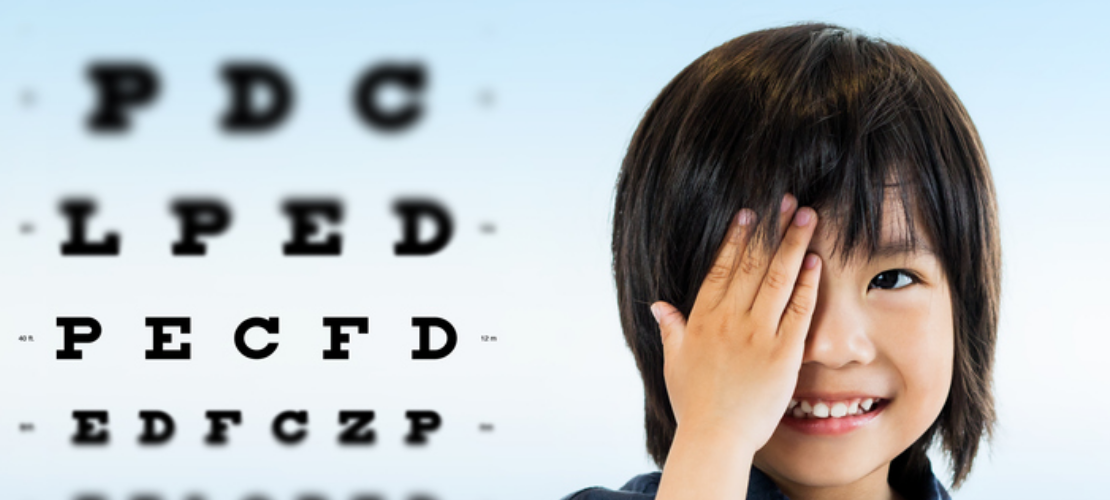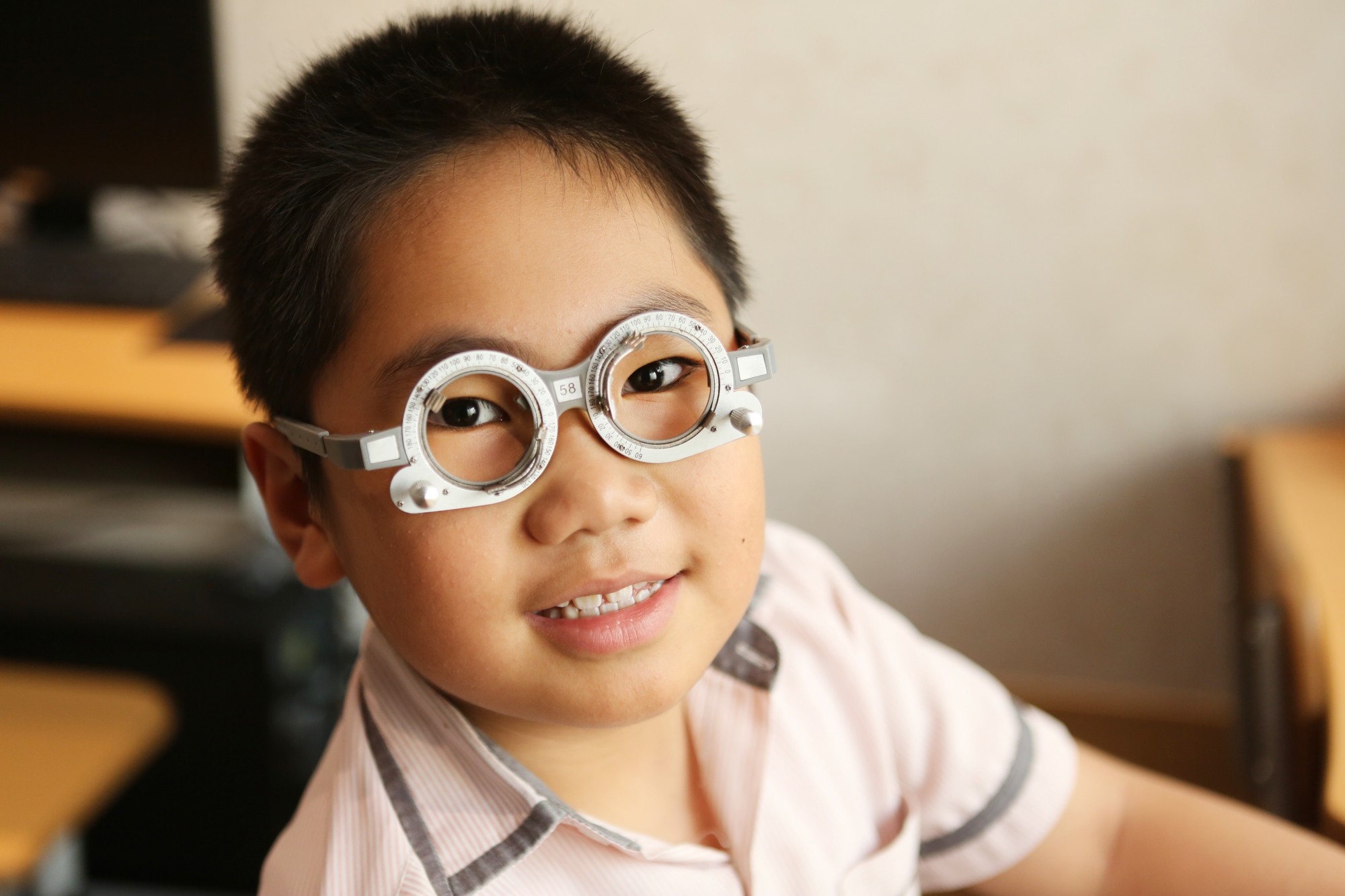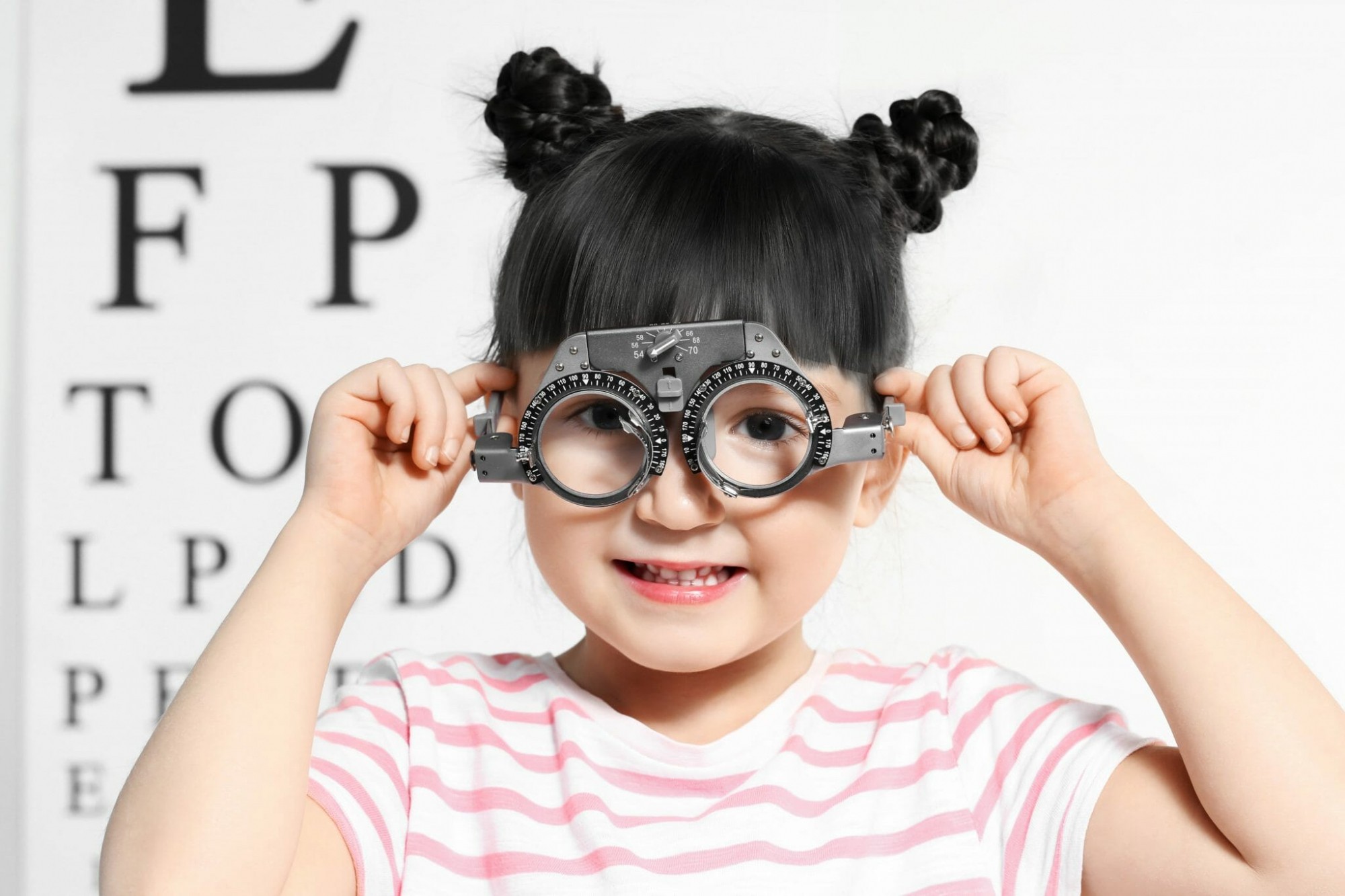In recent years, it is more and more common to see children with refractive errors. It is essential to examine for early detection and prompt measures in order to maintain the children’s visual quality, helping them ensure their living and learning, and also avoiding unexpected developments such as amblyopia or myopia progression. Careful examination and test will ensure the correct parameters, thereby helping the doctor correctly evaluates the children’s eye condition and advise the children with appropriate treatment.
The Pupil refraction test package at the Japan International Eye Hospital is available for children of 6 – 17 years old. Every examinee will undergo the steps which meet the Japanese standard procedure with modern machine and equipment.

- 3D Vision Chart Eye Test : to objectively assess the patient’s maximum vision
- +1 diopter and -1 diopter test: to accurately define the patient’s current maximum refractive index.
- The Duochrome test: to test whether the patient’s current glasses fit his/her current refractive index, and adjust his/her glasses accordingly.
- Contrast Sensitivity test: to test and determine double vision (diplopia) or suspected squint (strabismus) on the patient’s eyes.
- Visual combination test: to test visual combination of both of the patient’s eyes.

Eye accommodation is the eye’s ability to adjust its focus to see things at different distances clearly. Compared with adults, the child’s eye accommodation is much stronger, especially in his/her growth. Therefore, it’s difficult to determine his/her exact refractive index.
To reduce the impact of this accommodation force on the refractive index, the medical staff should use a medication that stops eye accommodation, also known as accommodation paralysis or cycloplegia agents. Its application helps to accurately determine the refractive index (myopia – hyperopia – astigmatism) in children.
The following children need to be applied with cycloplegia agent
- Those with suspected refractive errors: Based on refractive measurements by an automatic machine or by skiascopy
- Those who will have their first glasses
- Those with big differences in refractive index compared to their current glasses.
Procedure of applying cycloplegia agent
– Apply 3 times, at 3-5 minutes’ intervals (for children with the first glasses or different refractive index)
- After 45 – 60 minutes waiting for the agent to take effect, the children will get another measurement (the children are encouraged to sit with closed eyes for a quick effect of the agent).
- Re-check the refraction (?) after accommodation paralysis.
- Perform another vision test after accommodation paralysis (in case the best corrected vision is not high before accommodation paralysis).
The cycloplegia will normally be effective after 45-60 minutes. The children will then have their eyesight tested to figure out the most accurate refractive index and try wearing appropriate glasses before getting their glass prescription. When the agent works, the children will have difficulty seeing close things in 2-3 days, which can affect their learning.
Based on the child’s accommodation status, the doctor will specify 1 or a combination of 2-3 types of cycloplegic agents. In such cases, the blurred vision effect may be stronger or longer (14-15 days).
Based on the results of the child’s exam, the ophthalmologists will evaluate the child’s eye conditions and provide options to improve the child’s vision as well as control his/her myopia progression.
Register for an eye examination and consultation by our experts in control of your child’s myopia.
Offer from Japan International Eye Hospital for school-age patients (6-17 years old):
- 50% discount on refractive test fee for children
- “Myopia Control” Card valid for 2 years with unlimited refractive tests at VND 750.000

